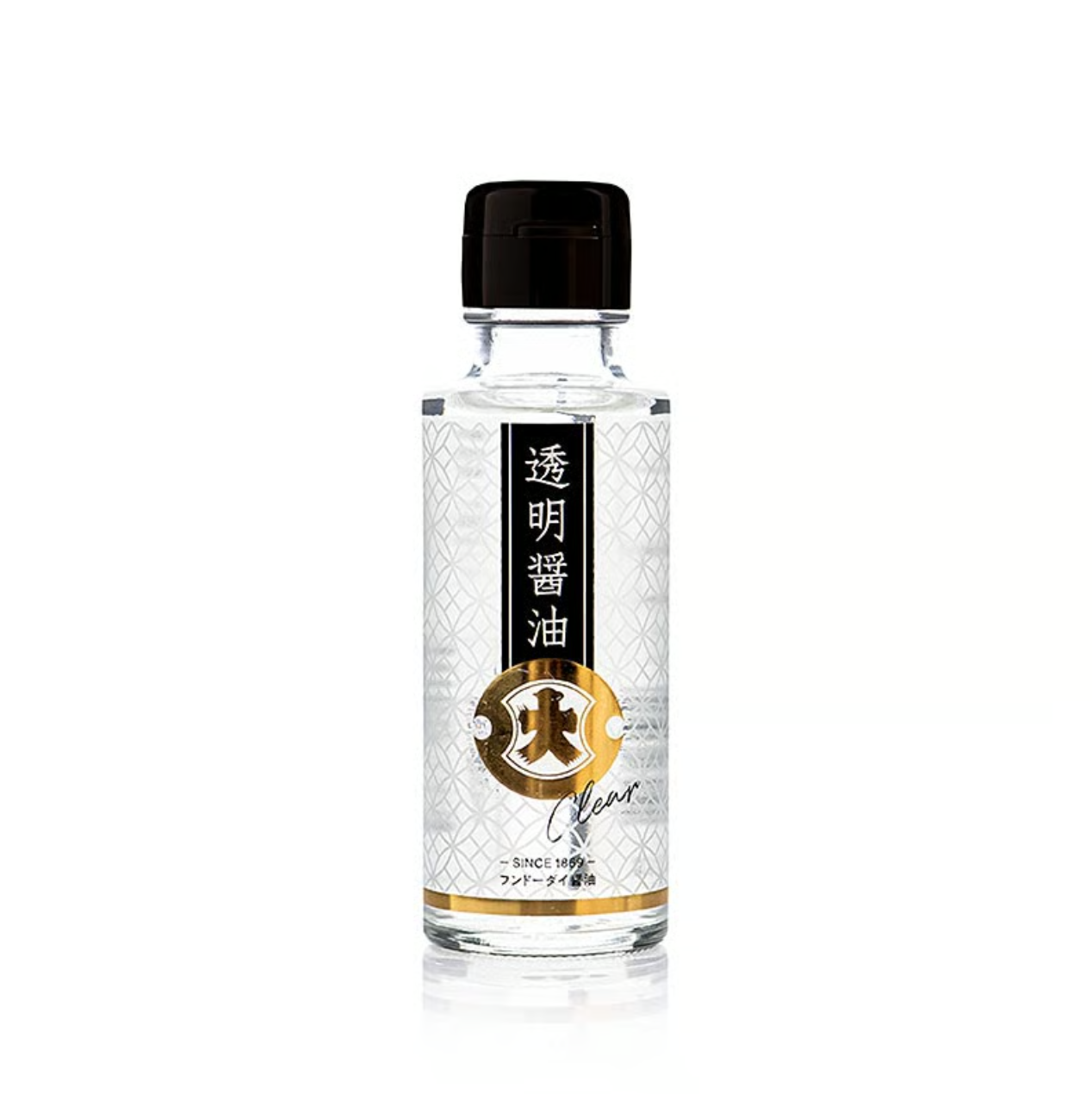Doritos Ingredient Used in Wild Science Experiment To Turn Mice Skin Transparent

Doritos are one of the best snacks ever invented. Now, along with curing your cravings, these finger-licking-good chips might be the key to invisibility. I’m joking, of course, but according to Science, researchers at Stanford University found that one of its ingredients can turn mice skin transparent.
Sadly, the study has no connection to Doritos — tartrazine is just one of its ingredients. It’s a bright yellow-orange food coloring commonly used in food, drug, and cosmetic products. Just don’t expect a new transparent flavor to hit shelves any time soon.
Researchers wanted to learn more about a mouse’s tissue and organ system, and used tartrazine because the molecules absorb blue and ultraviolet light, which allows light to pass through skin more easily. After mixing tartrazine with water and applying it to live mice, they instantly saw results.
Zihao Ou, the lead author of the study and Assistant Professor of Physics at The University of Texas at Dallas, talked more about the experiment in an article on the university’s website:
“We combined the yellow dye, which is a molecule that absorbs most light, especially blue and ultraviolet light, with skin, which is a scattering medium. Individually, these two things block most light from getting through them. But when we put them together, we were able to achieve transparency of the mouse skin,”
The dye blend was tested on mice tissue samples and raw chicken breast first, then applied to the skulls and abdomens of mice. It only took minutes to see the skin, muscle, and connective tissues beneath. Researchers also made the dye biocompatible so that the effect disappears after it is washed off.
Tartrazine food coloring can be found in Doritos’ Nacho Cheese, Cool Ranch, and Flaming Hot Nacho flavors. Humans will have to wait for invisibility super powers, though, as our skin is much thicker than mice, and more importantly, it hasn’t been tested for safe use. Researchers plan to continue studying the effects of tartrazine and other substances.
“Optical equipment, like the microscope, is not directly used to study live humans or animals because light can’t go through living tissue,” Ou added. “But now that we can make tissue transparent, it will allow us to look at more detailed dynamics. It will completely revolutionize existing optical research in biology.”























